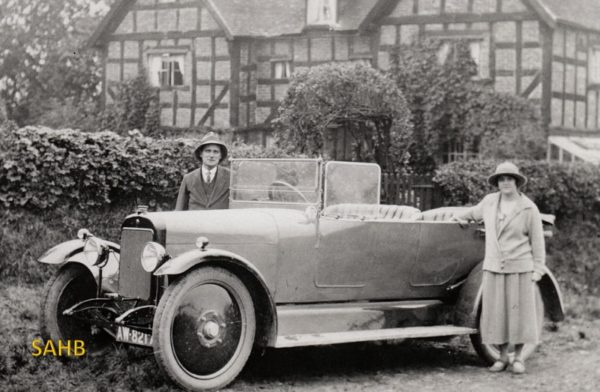
Were one to try to find a photograph of a typical car from the start of the first post-Great War decade, it would be hard to find a better example than this, which captures a 15·9hp Arrol-Johnston. It was a Scottish make, and this was a model that had sold well prior to the War, from 1910 onwards, a side-valve four-cylinder of 80mm bore, and a stroke initially – and then again in 1914 and ’15 – of 120mm, but with an extra 20mm in the years 1912 and 1913. These pre-war Arrol-Johnstons were one of the makes that featured the familiar Renault layout of the radiator placed behind the engine, which gave enhanced access but gradually fell out of favour; maybe a victim of fashion.
Underneath, the car was utterly conventional, but there’s much evidence here of the changing times as requirements and tastes of the owner-driver motorist are more closely considered. The smooth lines with a high bonnet line carried through to the top rail of the open bodywork was very new at the outbreak of the war in 1914, but the norm once manufacture was resumed from 1919. The enamelled radiator shell was maintenance-free; the steel disc wheels were so easy to keep clean and the long valance between running board and bodywork also served to minimise the amount of road dirt being thrown up onto the coachwork and rear mudguards. Exposure to the elements was reduced by such fittings and the higher-sided touring bodies. Saloon coachwork still remained a rarity, and carried a significant cost premium. The metal-framed front side-screens could well have been non-standard and an optional extra. And electric lighting now was well-established.
Seen behind is a delightful old timber-framed larger house, typical of the Welsh Borders, which matches neatly with the Salop (Shropshire CC) registration of this car. Younger surely than they appear, the dress of the couple posing here seems unflattering in the extreme. Just another year or two, and one hopes that the influence of the ‘Jazz Age’ would have made its presence felt.
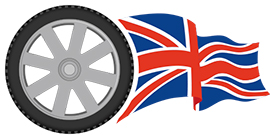


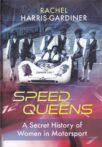
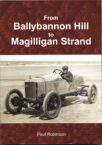
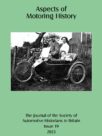
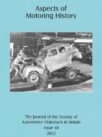
Leave a Comment